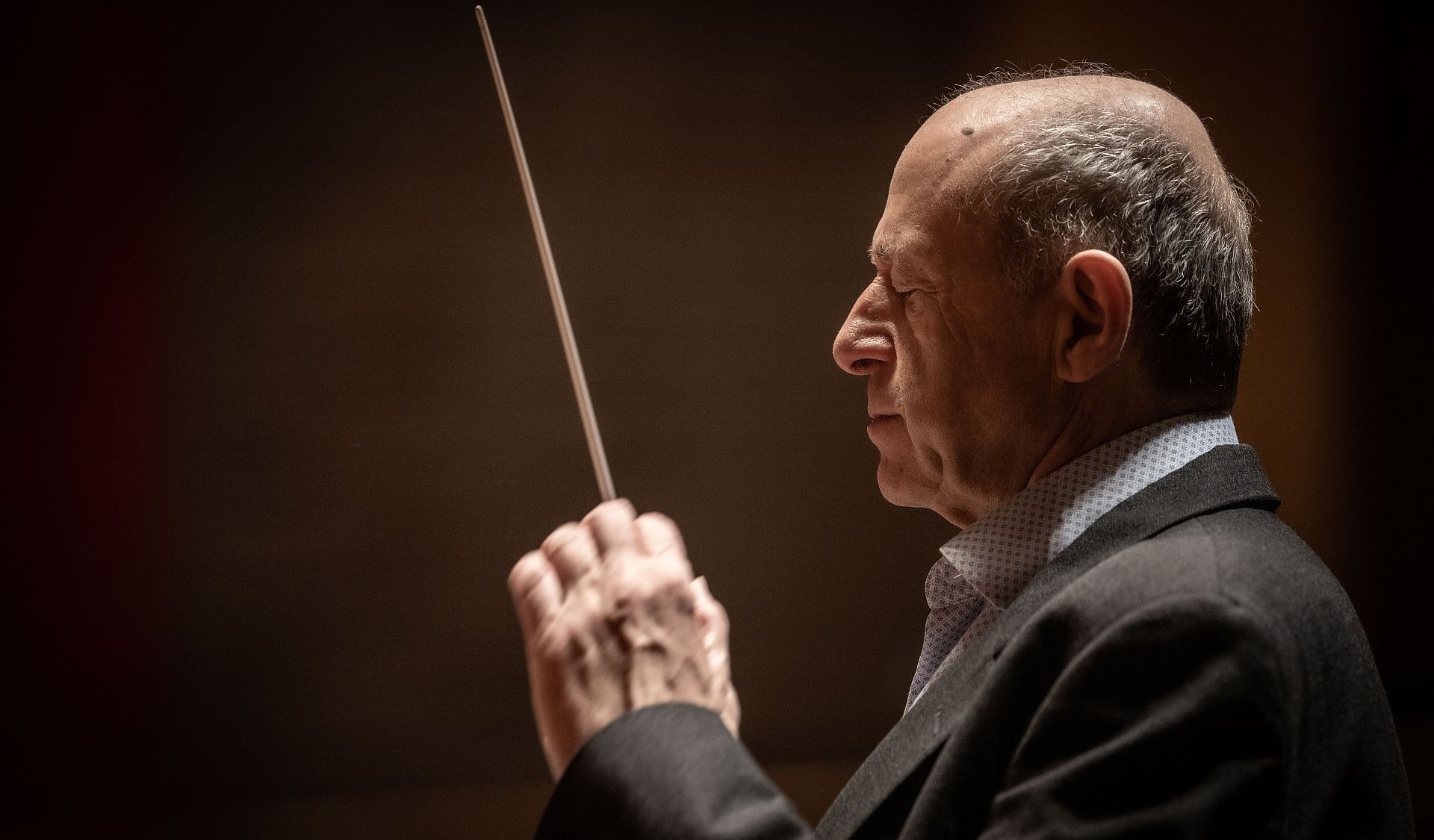
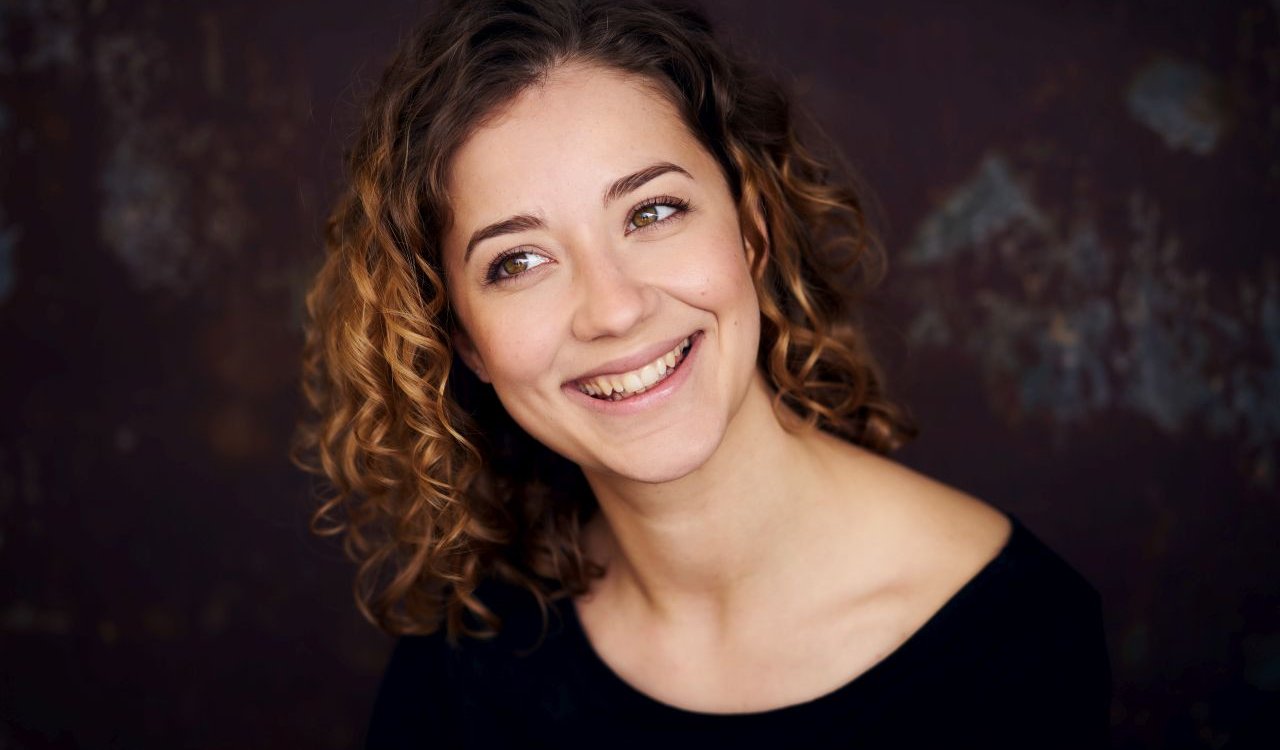
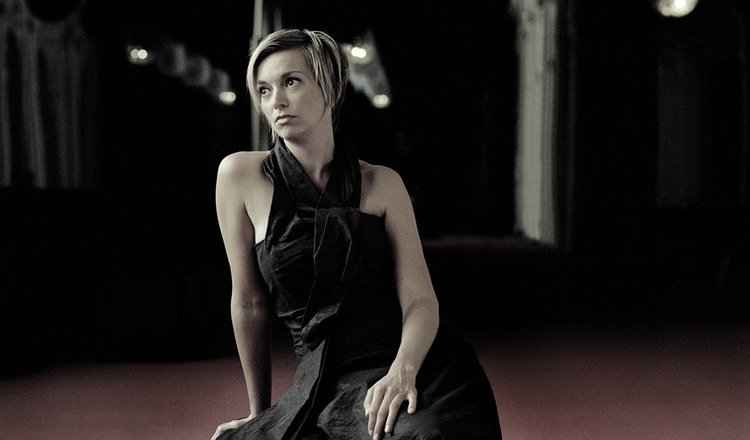
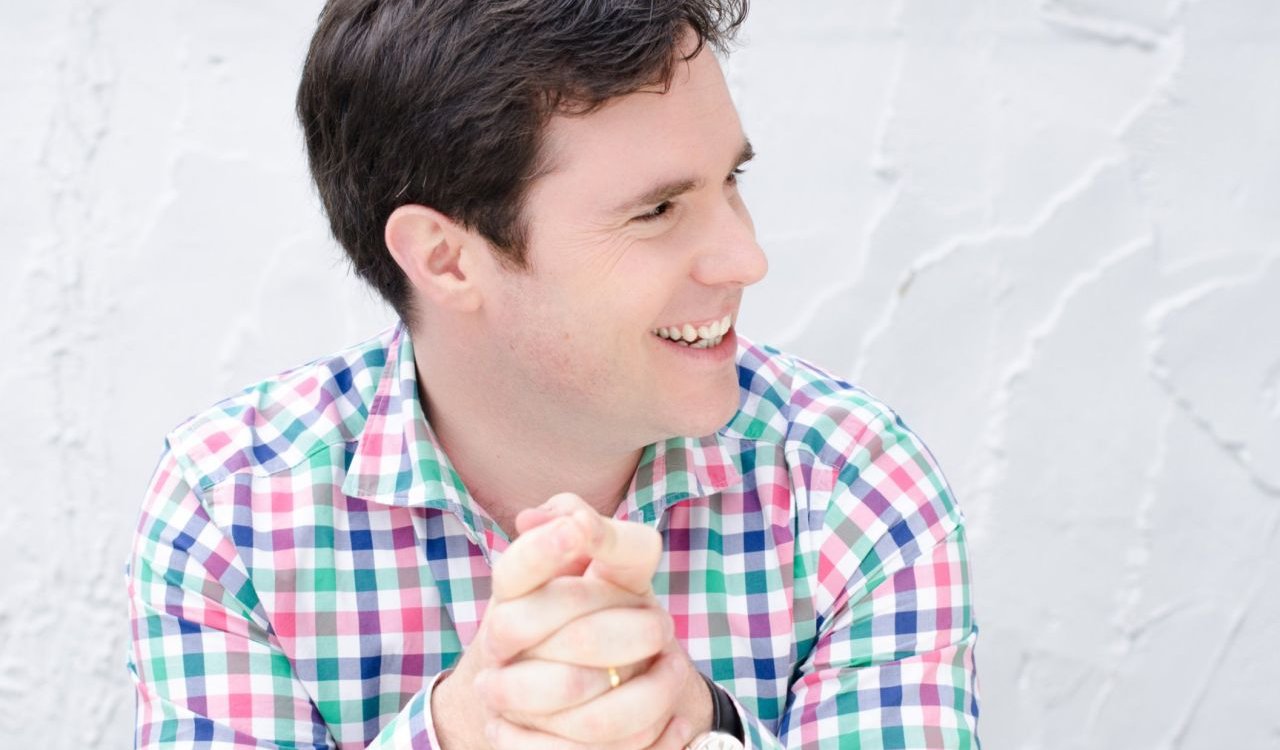
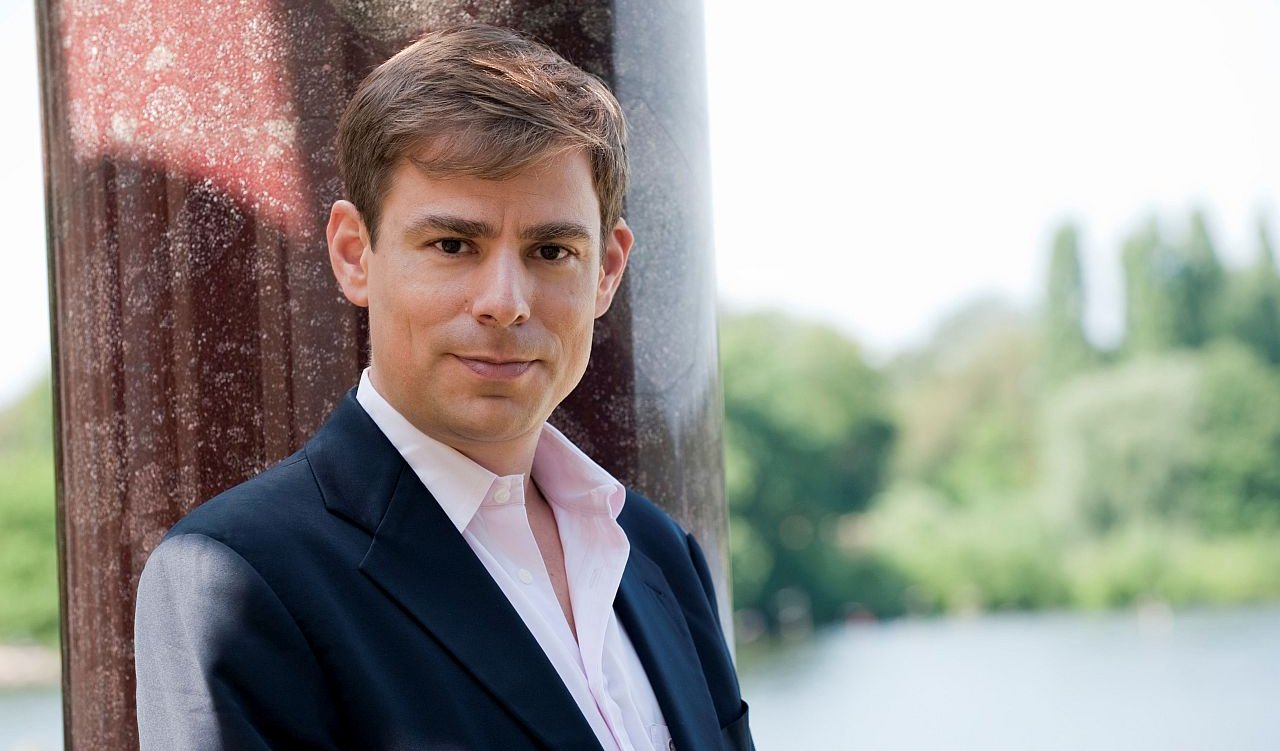
Compassion – J. S. Bach’s St. Matthew Passion and other Passion stories
Elbert, Vermeulen, Mulroy, Müller-Brachmann, Cantemus, Fischer
Program
Johann Sebastian Bach (→ bio):
St. Matthew Passion, BWV 244 – excerpts and other passions
The following musical inserts will supplement J. S. Bach’s work:
- Tigran Mansurian:
Agnus Dei from his Requiem
The Agnus Dei movement composed by Tigran Mansurian, an Armenian composer, is presented as a tribute to the innocent victims of the Armenian Genocide. - Improvisation
Taiseer Elias (oud)
Oud is a traditional Arab musical instrument. Internationally acclaimed Palestinian oud player Taiseer Elias is a professor at the University of Haifa. His improvisation pays homage to innocent Arab victims. - Maurice Ravel (→ bio):
Kaddish
Daniel Bard (violin)
Kaddish, the Jewish prayer recited for the deceased at funerals, will be performed in Ravel's arrangement by BFO concertmaster Daniel Bard, paying tribute to unburied victims of wars. - Improvisation
Roopa Panesar (sitar)
Sitar is a traditional Indian instrument. Roopa Panesar's improvisation serves as a tribute to Mahatma Gandhi and other innocent Indian victims. - Improvisation
Taiseer Elias (oud), Zohar Fresco (frame drum)
Arab musician Taiseer Elias and Jewish percussionist Zohar Fresco improvise together in remembrance of all peace-loving, innocent victims. - Iván Fischer:
Sait gezunt – Children’s Choir
Cantemus Children’s Choir
The Yiddish lyrics of the choral composition have been written by a child in a ghetto, bidding farewell to parents. Composed for the Dutch Holocaust Remembrance Day, the work is performed in honor of the young victims of wars and genocides.
Featuring
Conductor
Soloist
- Anna-Lena Elbert (soprano)
- Olivia Vermeulen (mezzo-soprano)
- Nicholas Mulroy (tenor)
- Hanno Müller-Brachmann (bass-baritone)
- Taiseer Elias (oud)
- Daniel Bard (violin)
- Roopa Panesar (sitar)
- Zohar Fresco (frame drum)
Choir
Other information
The event is about 2.5 hours long.
About the event
“The framework of the concert is Bach’s St. Matthew Passion but, in addition to the story of Jesus’ suffering, we also express our compassion for other innocent victims,” says Iván Fischer, summing up the concept of the concert, which is called Compassion. About half of Bach’s most extended work will be performed in this concert. After the opening chorus, at the first key point in the story, the BFO immediately inserts a climactic interlude that responds to our present, followed again by Bach, and so on. The result: a colorful, allusive, living musical reflection on the world. The Passion will be performed by the Cantemus Mixed Choir and exceptional international soloists.
One of the two remaining Bach Passions, the St. Matthew Passion is considered the pinnacle of Protestant church music, and is often performed today as merely music. However, it was, in fact, applied music. Iván Fischer describes it as “a ritual with spiritual content”. A sermon lasting about one hour was preached between the two parts of the work, which was first performed on Good Friday, 1727. The Gospel texts in the piece, the musical symbols (well understood at that time), and the key words found at several points link the biblical texts with Christian Picander’s poems. The chorale texts all show that this Passion is more doctrinal than merely musical. It is a lesson on compassion and sympathy.
Iván Fischer’s concept, already presented with great success in Amsterdam, is a continuation of this original idea. The scenes omitted from the St. Matthew Passion are replaced by classical or folk music, jazz, choir, and film scores, that match Bach’s statements in their message. The same concept with more victims and more stories of suffering in one evening – this is the essence of Iván Fischer’s concept, which is strictly attuned to the present and constantly changing.
Bach’s music always returns after the interludes. The divided choir and orchestra create a stunning stereo sound, a sensual representation of the dialogue between the masses. The narrative follows the Gospel of St. Matthew and pauses several times to project a feeling in the form of arias. In this intense, dramatic, often passionate music, Bach used a variety of textural tools, both vocal and instrumental. For example, Jesus’ parts are always accompanied by sustained chords from the strings, distinguishing him from the other characters, and emphasizing his divine existence. Bach’s legendary chorale settings, which are played at dramatic climaxes, are closer to God than any other music. The Compassion ends with the final chorus of what has been called a religious opera.
Did you know? The St. Matthew Passion was first performed on April 11, 1727 in the St. Thomas Church in Leipzig; this will be the Festival Orchestra’s first performance of the piece.
Contemporary events: on January 31, the opera Admetus, by the German composer George Frideric Handel, premiered in London / the German painter Balthasar Denner painted the most recognized portrait of Handel / the English physicist, mathematician, astronomer and alchemist, Sir Isaac Newton, a founder of classical mechanics, died on March 20 / designed according to the plans of the Flemish architect Jorge Próspero de Verboom, the Arsenal was completed in Barcelona, today home to the Catalan parliament / the opera Orlando Furioso by Antonio Vivaldi premiered in Venice on November 10 / the piece The Married Philosopher, by the French playwright Philippe Néricault Destouches premiered in Paris on February 15 / the Saxon Garden, founded by King Augustus II the Strong, opened to the public in Warsaw